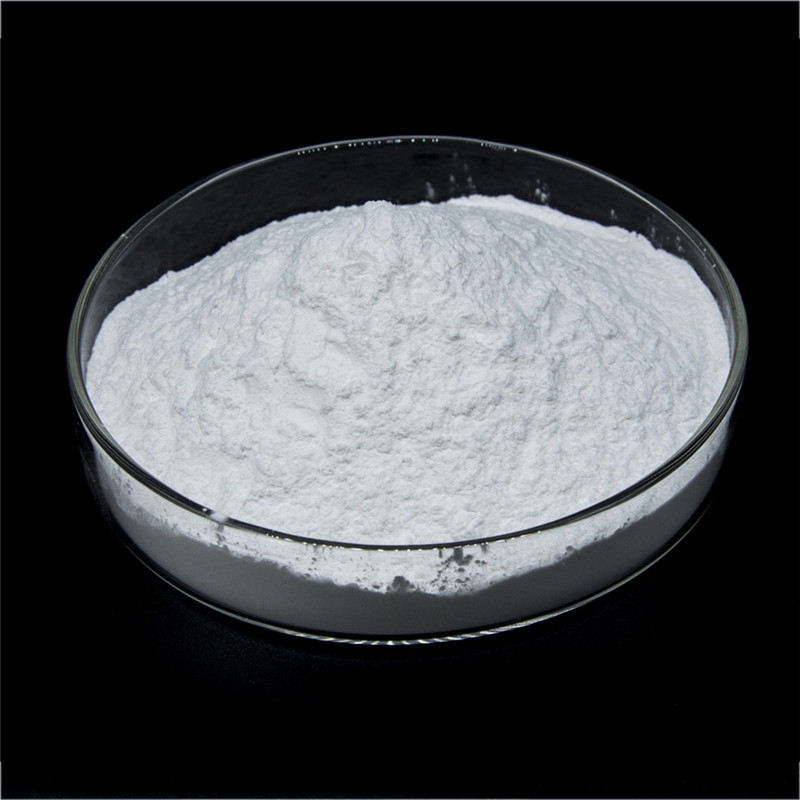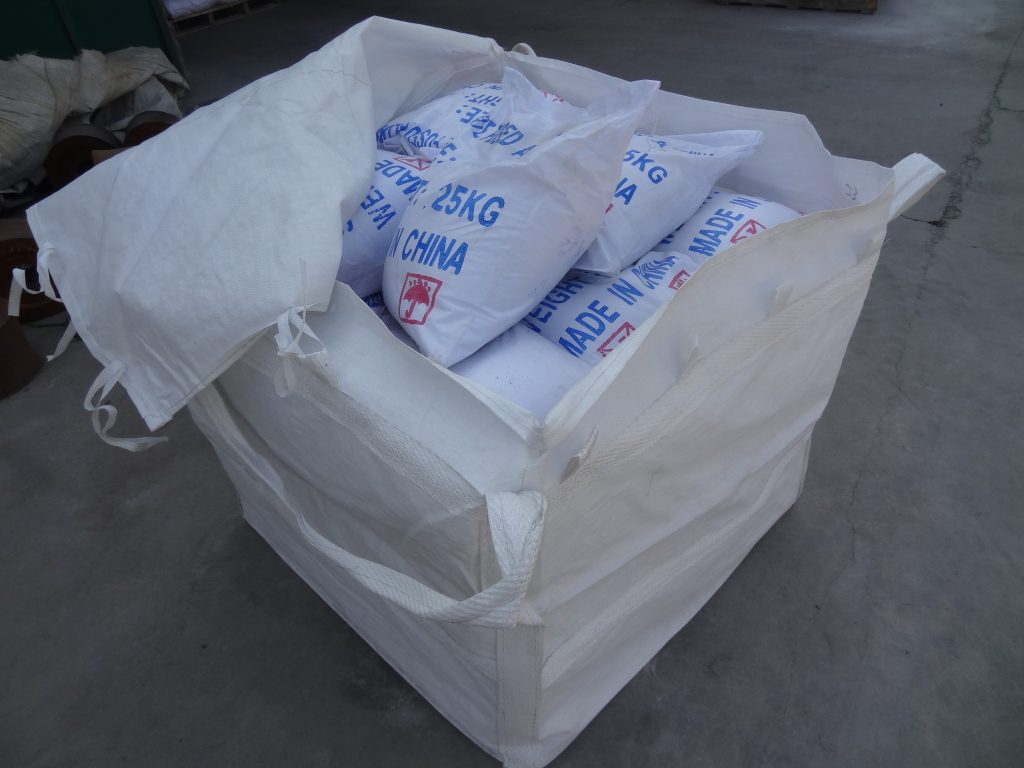White Fused Alumina (WFA) is a premier synthetic abrasive and functional filler that serves as a critical component in high-performance wear-resistant coatings. Its exceptional hardness, chemical inertness, and controllable particle morphology make it the material of choice for protecting industrial equipment subjected to severe abrasion, erosion, and corrosion. It acts as the “armor” within the coating matrix, significantly extending the service life of components in industries like mining, power generation, and cement manufacturing.
| Typical Chemical composition | |
| AL2O3 | 99.3%min |
| SiO2 | 0.06% |
| Na2O | 0.3%max |
| Fe2O3 | 0.05%max |
| CaO | 0.04%max |
| MgO | 0.01%max |
| K2O | 0.02#max |
| Typical physical properties | |
| Hardness: | Mohs:9.0 |
| Maximum service temperature: | 1900 ℃ |
| Melting Point: | 2250 ℃ |
| Specific Gravity: | 3.95g/cm3 |
| Volume density | 3.6g/cm3 |
| Bulk density(LPD): | 1.75-1.95 g/cm3 |
| Color: | White |
| Particle shape: | Angular |
| Available size: | |
| FEPA | F230 F240 F280 F320 F360 F400 F500 F600 F800 F1000 F1200 F1500 |
| JIS | 240# 280# 320# 360# 400# 500# 600# 700# 800# 1000# 1200# 1500# 2000# 2500# 3000# 4000# 6000# 8000# 10000# |
1. What is White Fused Alumina (WFA)?
White fused alumina is produced by melting high-purity alumina (Al₂O₃) in an electric arc furnace at temperatures over 2000°C and then cooling and crushing the resulting material. Its key characteristics include:
High Purity: >99% Al₂O₃ content, with very low levels of impurities like iron oxide (Fe₂O₃).
Extreme Hardness: Mohs hardness of 9, second only to diamonds and boron carbide.
Chemical Inertness: Resistant to acids and alkalis, making it suitable for corrosive environments.
High Melting Point: ~2050°C, providing excellent thermal stability.
Angular Particle Shape: Fractured particles have sharp, multi-edged shapes that lock tightly into a coating matrix.
White Color: Allows for the production of light-colored coatings.
2. Why is WFA Ideal for Wear-Resistant Coatings?
WFA functions as the primary wear-resistant aggregate within the coating. Its properties directly combat the mechanisms of wear:
Resistance to Abrasive Wear: Its extreme hardness protects surfaces from being gouged or cut by hard, sliding particles (e.g., coal, ore, sand).
Resistance to Erosive Wear: The hard, dense particles shield against the cutting action of high-velocity particles suspended in a fluid or gas.
Chemical Stability: It does not degrade in the presence of many chemicals, ensuring long-term performance in corrosive slurries or atmospheres.
Mechanical Anchoring: The angular particles provide a superior mechanical key within the resin matrix, preventing the aggregate from being pulled out under stress and enhancing the coating’s cohesive strength.
Thermal Properties: Its refractoriness allows coatings to perform in high-temperature applications.


